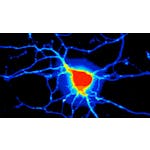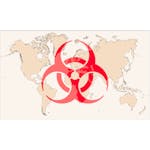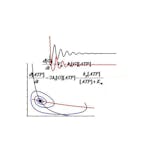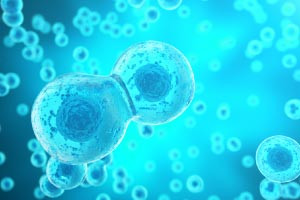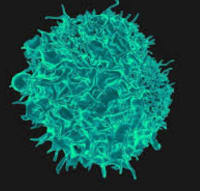Description
In this course, you will learn:
- We will define monitoring as a sequential follow-up over a period of time, sampling them, in this course.
- With the goal of defining the sanitary management of a crop, through a survey and registration of "relevant" information, highlighting the information that is truly interesting and useful for pest management.
- We'll learn how to identify, quantify, understand its biology, status, and placement in the crop, as well as the damage coefficient, or the amount of crop loss that pests and beneficial organisms can cause.
- Determine the things to consider when sampling.
- Use agronomic methods that will help to limit pest numbers; Monitor pest populations on a regular basis, taking into consideration the specific damage caused by each one as well as the aggregated damages, while also taking into account the crop's phenological and general state, as well as the surrounding environment.
- Identify, quantify, understand its biology, status, and placement in the crop, as well as the level of reduction in pests that attack the crop.
- Using all available instruments, take into consideration new information on the probability of population growth or the presence of pests and natural enemies.
Syllabus:
- Good practices and integrated pest management in SD; concepts and definitions as a basis for developing the Monitoring.
- Diagnosis and monitoring of batches fundamental axis of good practice.
- Tactics to follow the procedure: identity, quantify, evaluate, review and consider all aspects prior to decision making.



